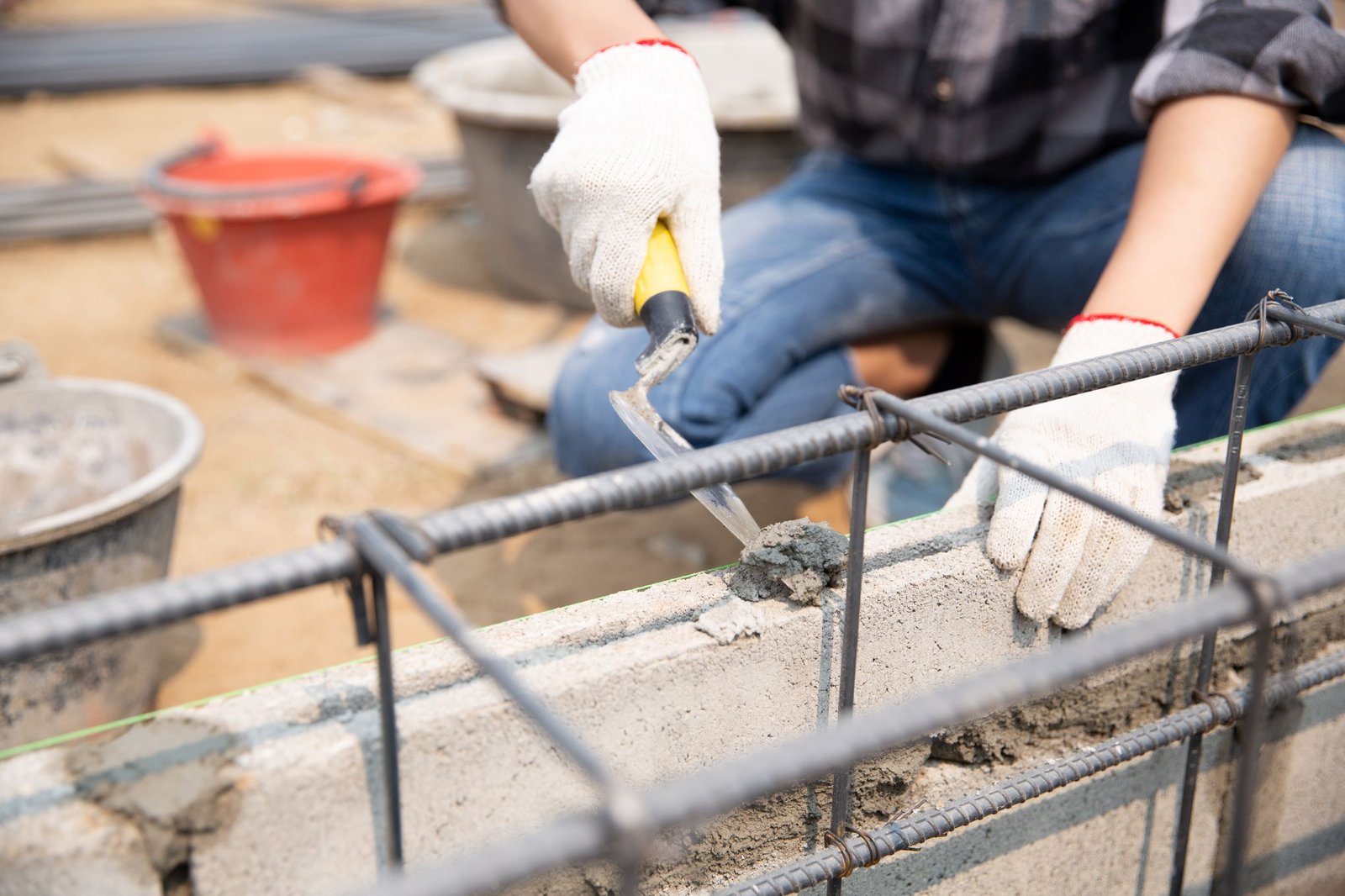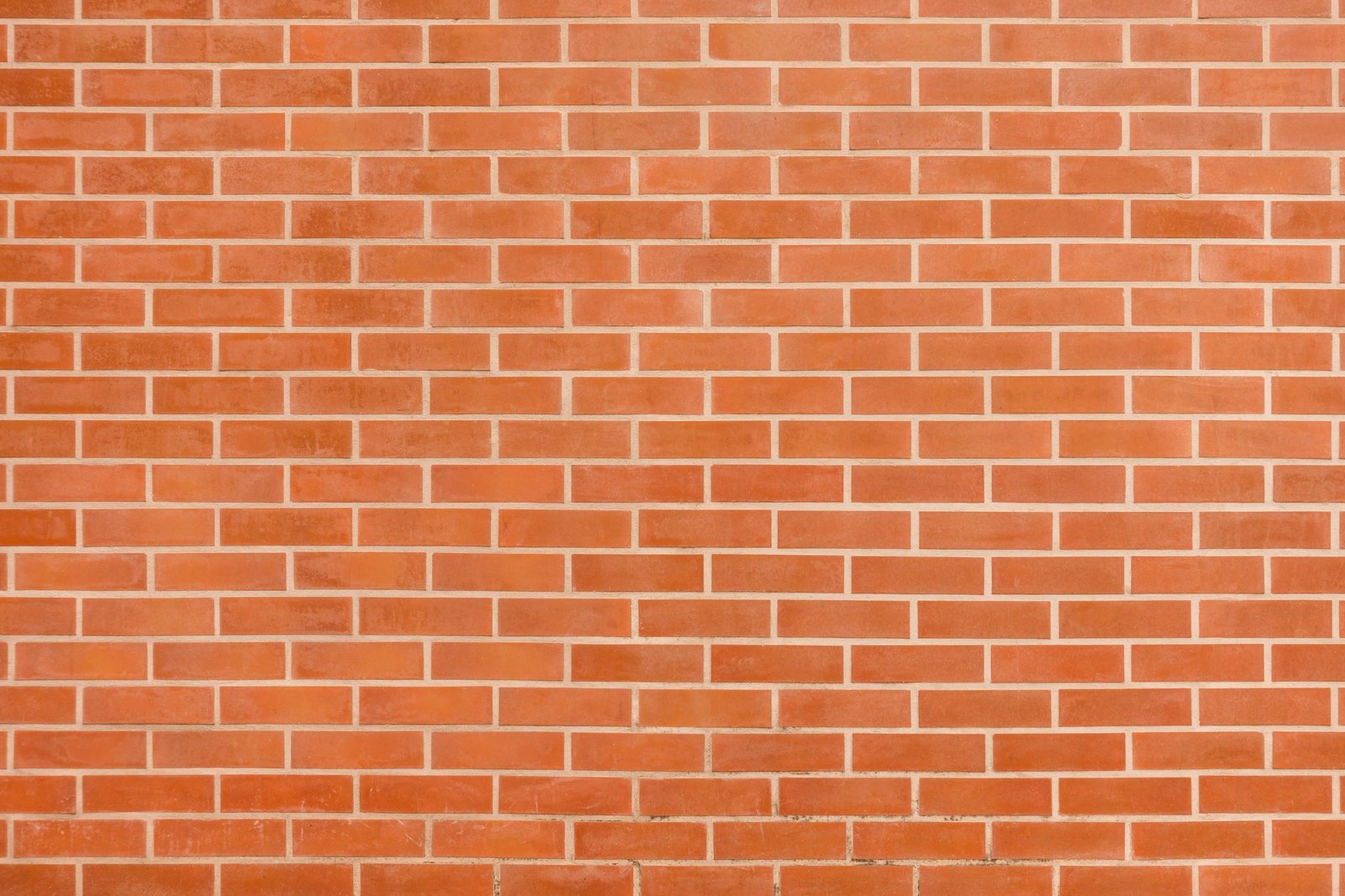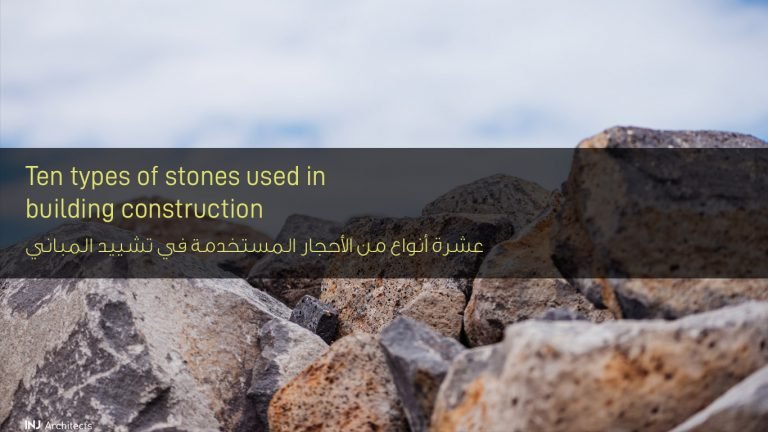Standard brick dimensions based on different codes
Standard brick dimensions based on different codes
Brick is a commonly used building material made from burnt clay. Mostly they are made of clay, sand, lime and withstand soil or other concrete materials. Standard brick dimensions are one of the most important factors to consider while choosing a brick in order to ensure its compatibility with the building design. The choice of bricks is determined based on the specific application in which the bricks are used. Due to the fact that bricks are used in different constructions, different brick sizes are required.

There are several standards set by each country that provide standard brick sizes for example
ASTM American Standard for Testing Materials
BS British Standard
CSA Canadian Standards Association
IS Indian Standard
The size of a traditional brick of good quality should be 225 x 110 x 75mm. Only one standard sized brick should be used in one business unless permitted by the client / consultant.
Tolerance is permitted in standard, standard size dependent on work assigned to a specific length plus or minus 3.0 mm, plus or minus 1.5 mm, or depth or minus 1.5 mm

Standard brick dimensions as per: ASTM International
The size of the brick should be of good quality. Conventional used in the United States is 203 x 92 x 57 mm. The most common is the modular brick, whose dimension is 194 x 92 x 57 mm (length x depth x height).
However, international ASTM standards such as: ASTM C62, ASTM C216, ASTM C652 and ASTM C1088 are all standard specifications for thin-shell solid brick units made of clay or oil shale.
Allowable differences in specific brick sizes are set by ASTM international standards. The following variations are permitted with the standard standard size approved for a particular job.
- plus or minus length of 3.0 mm
- 1.5 mm plus or minus amplitude
- 1.5 mm plus or minus depth
The maximum allowable change in the dimensions of individual units should not exceed
Brick sizes are according to standard Canadian federations
Similar to ASTM International, Canadian Standard Association CSA A82 does not provide specific brick sizes. However, permissible differences have been established in the size of the bricks which should not be violated as stipulated.
The manufacturing process and differences in raw materials due to clay contraction during drying and fire, mold erosion or extrusion, or undue pressure on units during handling before launch are usually the root cause of changes in the standard size of bricks.
Size variation becomes important when using a vertical alignment of a tile (stacking bond), or when brick ranges are combined from various production processes, or when creating a short horizontal range of bricks, such as between closely spaced window openings.
Brick sizes as per Indian Standard (IS 1077)
Brick sizes are based on the specification of IS 1077 Combined Burnt Clay Building, the standard size of a common building block is 190 x 90 x 90mm or 190 x 90 x 40mm (length x depth x height).
The nonstandard brick size is 230 x 110 x 70mm or 230 x 110 x 30 (length x depth x height). In addition, to obtain a suitable bond arrangement and unit dimensions for brickwork, with non-modular sizes, brick sizes may be 70 x 110 x 70 mm (length x depth x height).
British standard
The standard dimension for a modern unit is the dimension 215 x 102.5 x 65 mm (length x depth x height).
Australian standard
The AS 4455 Australian standard brick standard size is 230 x 110 x 76mm (length x width x height). However, some bricks have working sizes like 290 x 90 x 90mm and 290 x 90 x 50mm.
Before using the bricks, it is necessary to perform checks on it to ensure its safety and suitability for construction. These tests include:
Physical examination, which lies in: devoid of clay and coal, uniformity of the color, homogeneity of the texture, preferably rough in order to facilitate adhesion to the layer of shortness, but in the case of stone, which will not come over a layer of shortness, it is preferable that the external texture be smooth., Uniformity of dimensions as required in The specification and checking the uniformity of its flat sides, and ensuring that the inner sides of it are perpendicular to the pressure sides, and finally, to ensure freedom from cracks, fractures, shape defects, or any defects affecting the strength of the brick.
Laboratory examination is that: the durability (resistance to breakage) and the durability should not be less than 35 Kg / cm². And the vacuum weight (absorption test) so that the weight of the brick should not exceed the default weight.
Read also: Structural and Civil Engineering – General Concepts








